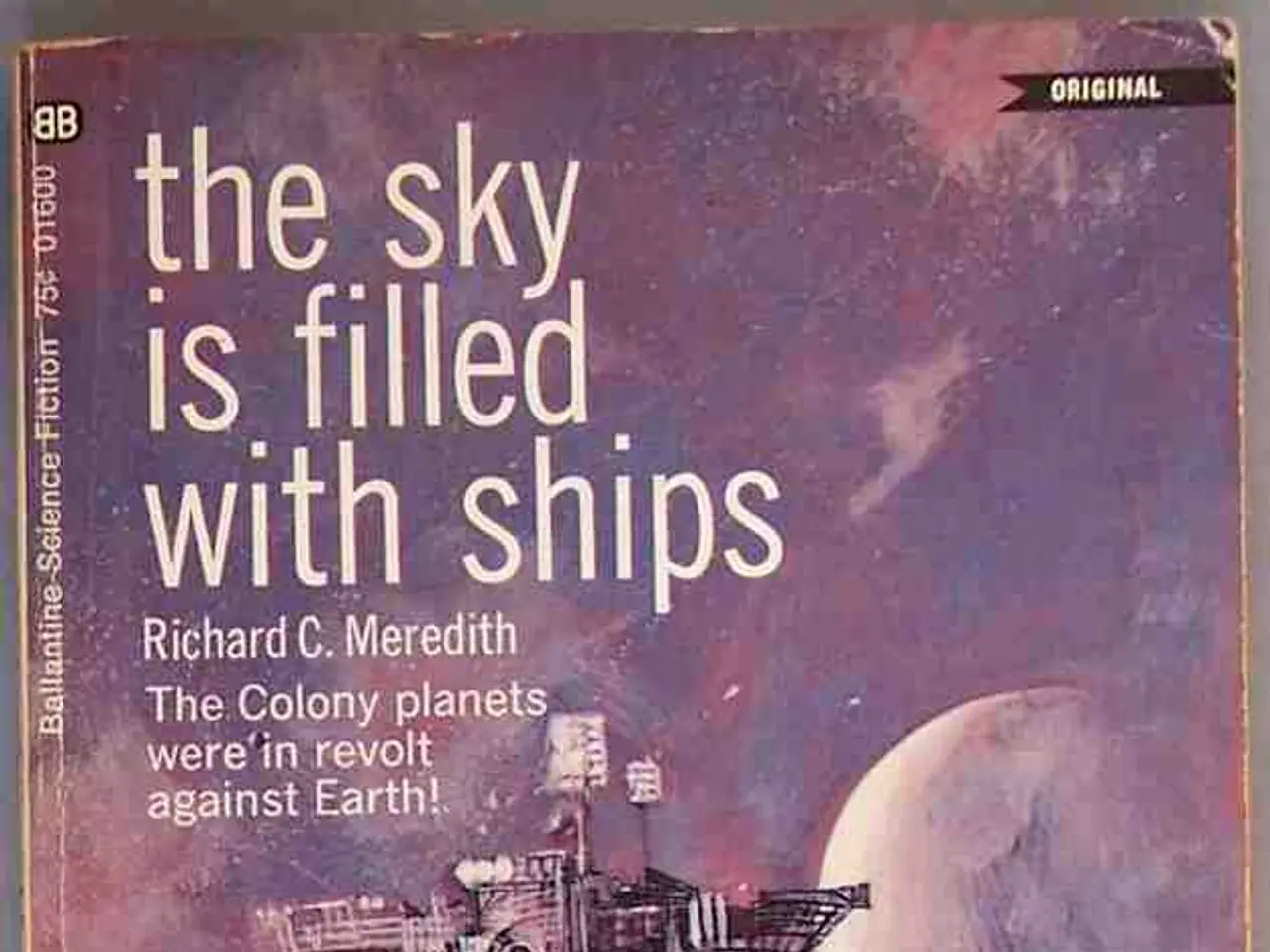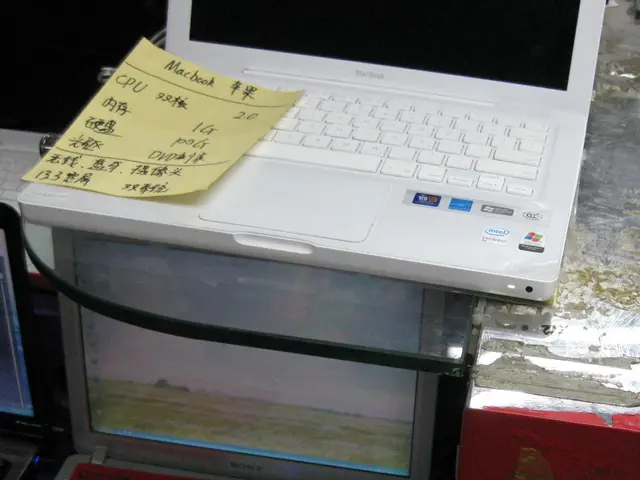Groundbreaking telescope, JWST, penetrates dusty veil to detect newborn star forming infant planets
In a groundbreaking discovery, a team of scientists led by Melissa McClure of Leiden University have peered through the surrounding envelope of dust and gas around a young protostar named HOPS-315, located in the Orion B molecular cloud. Using the James Webb Space Telescope (JWST) and the Atacama Large Millimeter/submillimeter Array (ALMA), they have obtained detailed data that align with models of early solar system formation, particularly the formation of Calcium-Aluminium-Rich Inclusions (CAIs).
CAIs, the first solid objects to form in the solar system, have long been a subject of interest for scientists. They have offered scientists a glimpse of the early solar system through meteorites and the stuff trapped in them, called inclusions. However, finding CAIs in other planetary systems has been challenging due to the early stages of star formation being obscured by dust and gas, and because CAIs only form very early in the star's evolution, in the first 100,000 years or so.
The observations of HOPS-315 have provided a real-time view that supports theoretical models. The findings suggest that CAIs form in the inner regions of the protoplanetary disk, consistent with what is inferred from studies of solar system meteorites. The data reveal characteristics consistent with the presence of CAIs, including the signatures of crystalline silicates and silicon monoxide (SiO) in the region less than 2.2 astronomical units from HOPS-315.
The isotopic resemblance of materials formed in these disks, such as amoeboid olivine aggregates (AOAs) and CAIs, suggests a common isotopic reservoir, further validating the observations' connection to early solar nebula processes.
Fred Ciesla, a professor of planetary science at the University of Chicago, hailed this as a breakthrough, stating that these observations provide a direct opportunity to study how planetary systems and their earliest solid components are shaped.
The research raises the question of whether other protoplanetary disks exhibit the same evolutionary pathway as the solar nebula, requiring searches for disks similar to HOPS-315. The team's work demonstrates that we have the necessary facilities to search for disks like HOPS-315, offering an opportunity to study how planetary systems such as ours were shaped in the first stages of their existence.
This evidence can help bridge the gap between theoretical models and observational data of planetary system formation, underscoring the importance of understanding the evolutionary pathways of planetary systems, including our own solar system. The findings offer insights into the formation of CAIs and their potential distribution in other planetary systems, contributing to the ongoing efforts to understand the early stages of star and planet formation.
- AI algorithms, trained on the detailed data from HOPS-315, could help analyze the signatures of crystalline silicates and silicon monoxide (SiO) more efficiently, aiding in the search for CAIs in other planetary systems.
- In the realm of space-and-astronomy, this discovery of CAIs in HOPS-315 could be a stepping stone for future technologies, such as telescopes with enhanced capabilities, to peer deeper into the formation of other planetary systems.
- The technology developed to observe HOPS-315, like the JWST and ALMA, can potentially be extended to explore the cloudy environments of other young protostars, furthering our understanding of the science behind star and planet formation.




